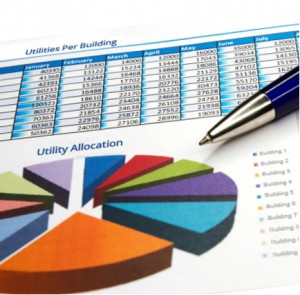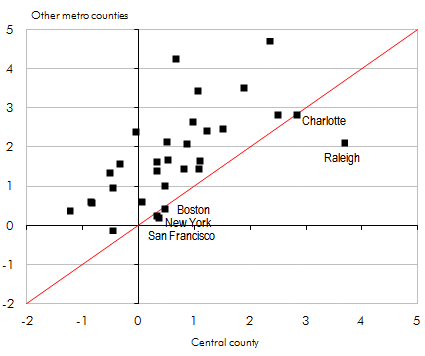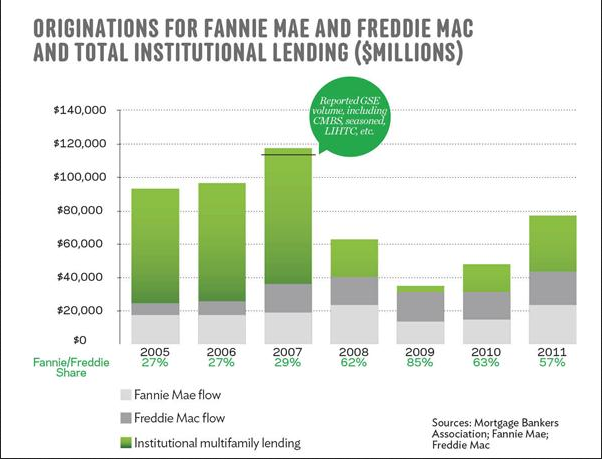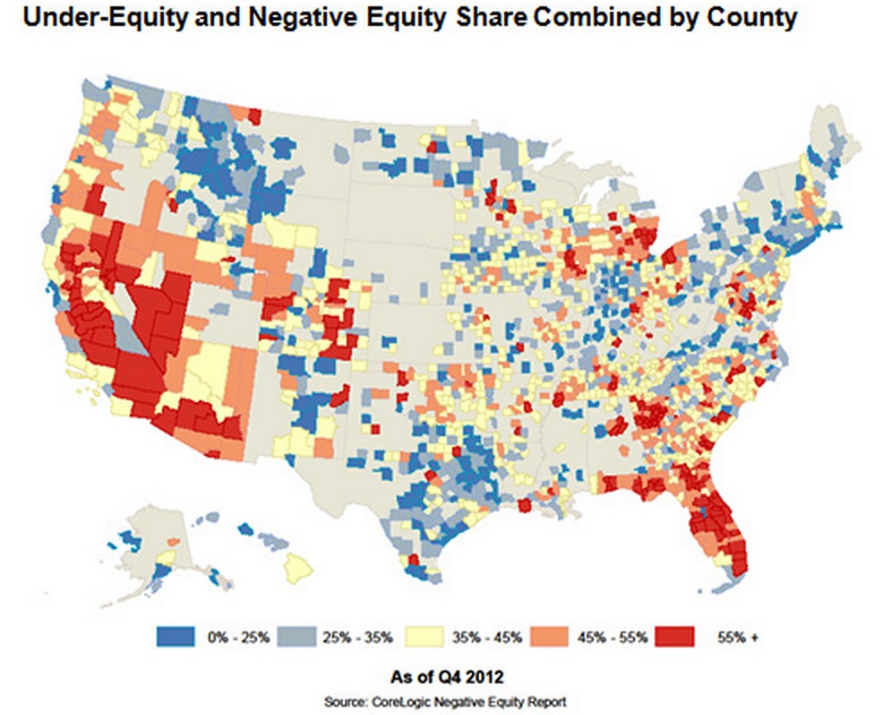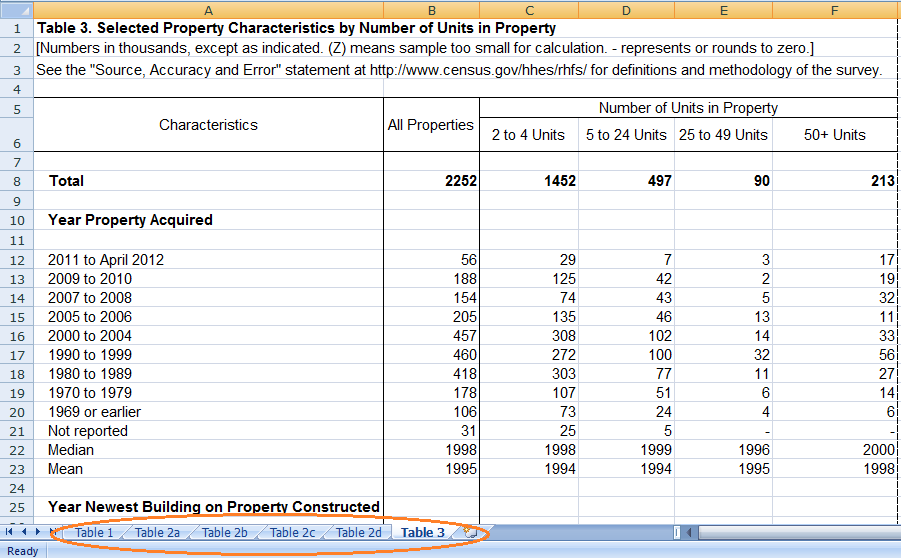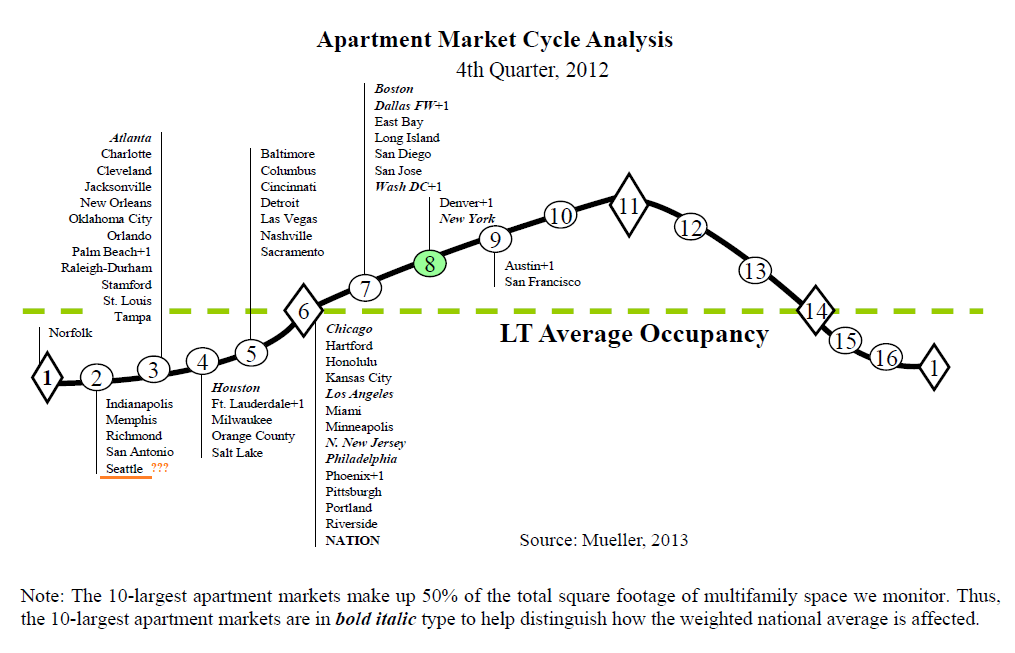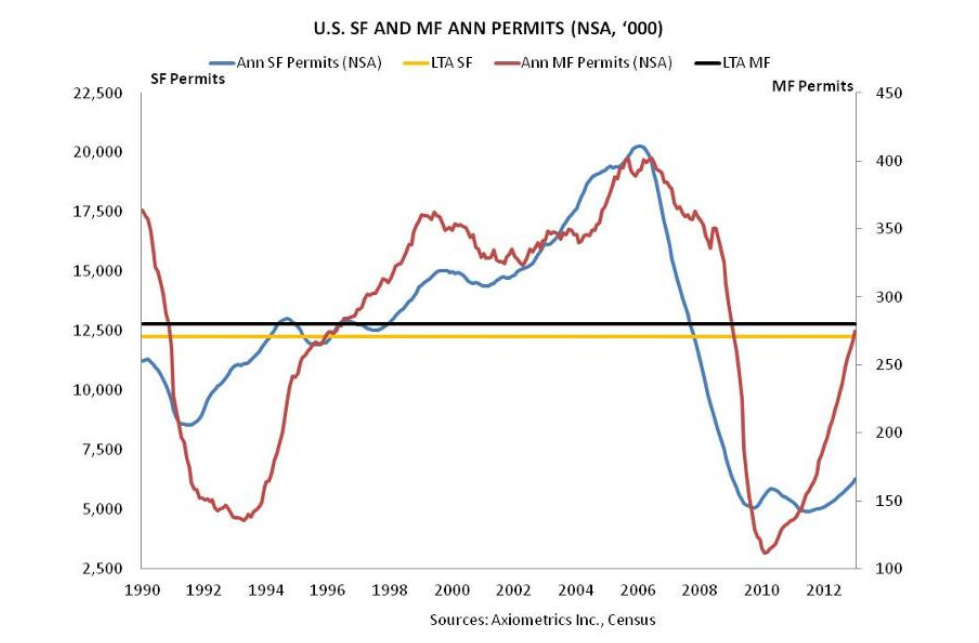In a study by Dupre+Scott they found a growing number of apartment building investors in the Puget Sound region are charging tenants for water, sewer and garbage which make up can make up a pretty large chunk of operating expenses:
Two-thirds of the properties we surveyed pass through water and sewer charges to residents, and 50% also pass through garbage costs. The average monthly water/sewer charge in the region ranges from $46 for studios to $70 for three-bedroom units. Adding garbage charges increases costs to $55 for studios and $90 for three bedroom units. Our March Apartment Expense Report found that utility charges paid by residents increased 50% between 2008 and 2012.
Do you or have you considered charging for water and sewer via sub-metering, individual metering or a RUBS system? how about garbage? Continue reading Charging apartment building residents for water, sewer AND garbage- the growing trend.

